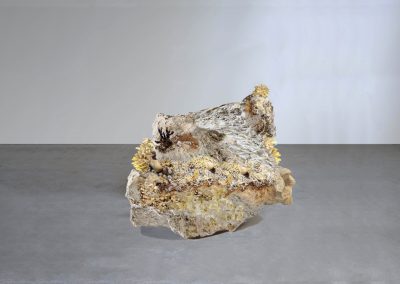Interface Cult
Contemporary artists, designers and inventors are creating new connections and systems, exploring how silicon, organic and even speculatively alien forms of life are entangling, mutating, evolving. What can these new entities and relationships look like? Are they friendships and collaboration, or competitions and conflict? For these new exchanges we need new languages: programmable, aesthetic, interspecies, non-human and post-scientific. The emerging hybrid and cyborg entities join and celebrate shamanistic and nonverbal traditions, hidden cultures, with magical symbols, energies and fictions. A culture or even a cult of symbiosis is required, a fusion between old and new ways of dealing with reality. We call to disrupt and disengage from destructive profit’oriented technologies and systems which are based on oppression, manipulation and quantification. For our survival and the future viability of life on our Goldilocks Zone planet, we believe that less anthropocentric knowledge systems must arise, and that more caring technologies are required.
Observing how contemporary tools often contain the traces of past traditions and knowledge, we wonder what has happened to the wisdom that was left behind. The logic of the all-encompassing scientific method, upon which most contemporary technologies are grounded, overshadows non-scientific, non-quantifiable, hybrid or alien expertise and skills from non-dominant cultures. As a consequence, the ancient, folkloric, pre-industrial strategies to enhance and foster life and to confront the challenges of the future, do not find enough space in the modern cultures of a faultless digitalization.
As AI becomes ubiquitous and more than just a buzzword, it starts to affect our daily lives and artistic practices. We need to have a forensic look at the beliefs behind the new tools and creative techniques engendered by the cults of technology. One approach is to fully embrace and test the aesthetic capabilities of quasi-unlimited combinations and database driven creations. Another is to investigate and measure their social impact, and to interrogate the role we assign to our technology and to creativity as a whole.
Creative thinkers and artists want to look behind the curtain and unveil what is hidden beneath the layers of AI, machine learning, automation and surveillance technologies. Like detectives or inspectors, they question the “black box” to discover how and why these intelligent systems make certain decisions, what these decisions mean and for whom they are fundamentally being made.
Students of Interface Cultures have developed works which combine current technologies with ancient, humanistic and esoteric practices, delving into topics such as, divination, twirlings, the subconscious/unconscious, secrets, rituals, leisures, energies, contemplation, as well as cults, both old and new.
Faculty: Christa Sommerer, Laurent Mignonneau, Manuela Naveau, Fabricio Lamoncha, Davide Bevilacqua, Gertrude Hörlesberger
Production/Design Team: Kevin Blackistone, Sara Koniarek, Iosune Sarasate Azcona, Indiara Di Benedetto, Juan Pablo Linares, Kevan Croton


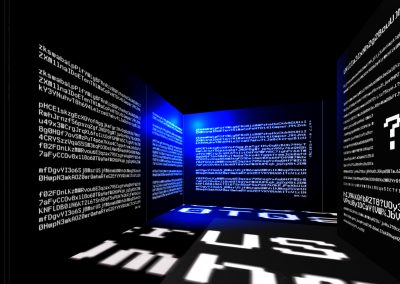

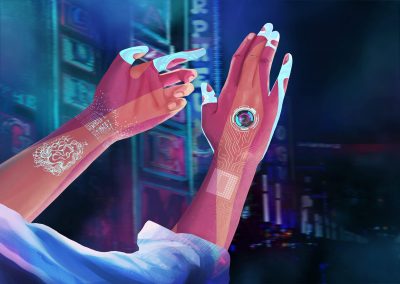


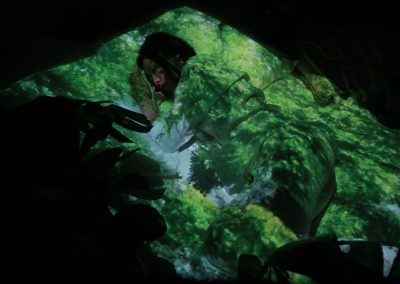


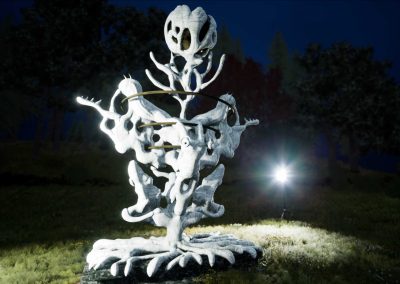
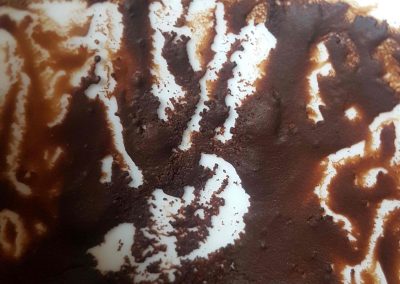



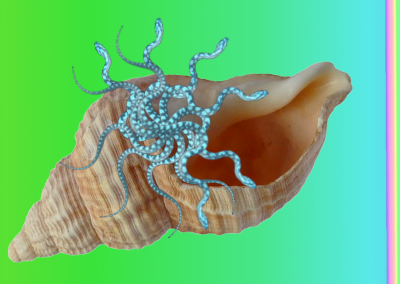
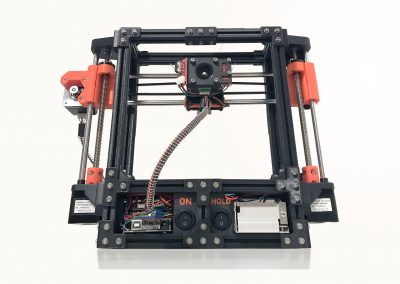
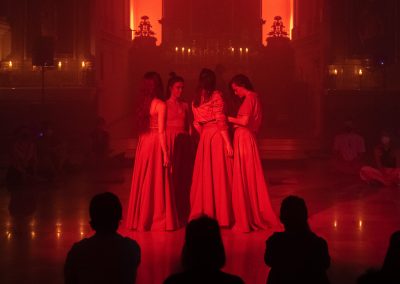
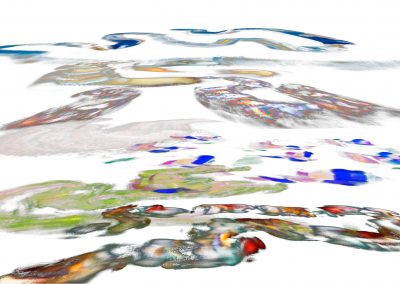
![[2m]](https://ausstellungen.ufg.at/loopsofwisdom/wp-content/uploads/sites/7/2021/08/2m_Horizontal-copy-400x284.jpg)
